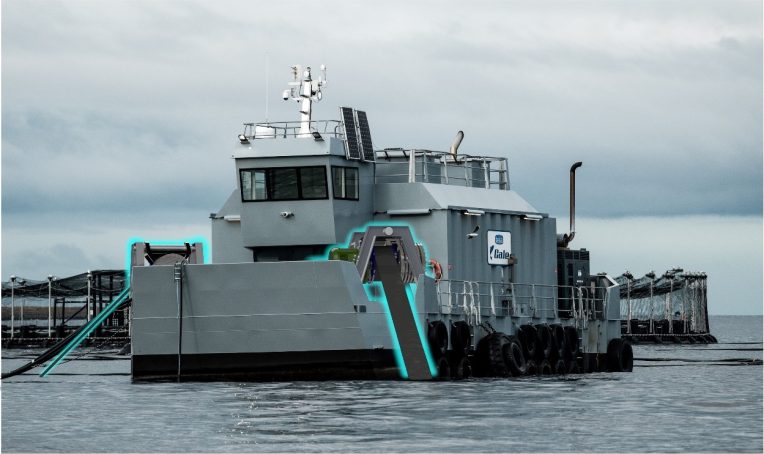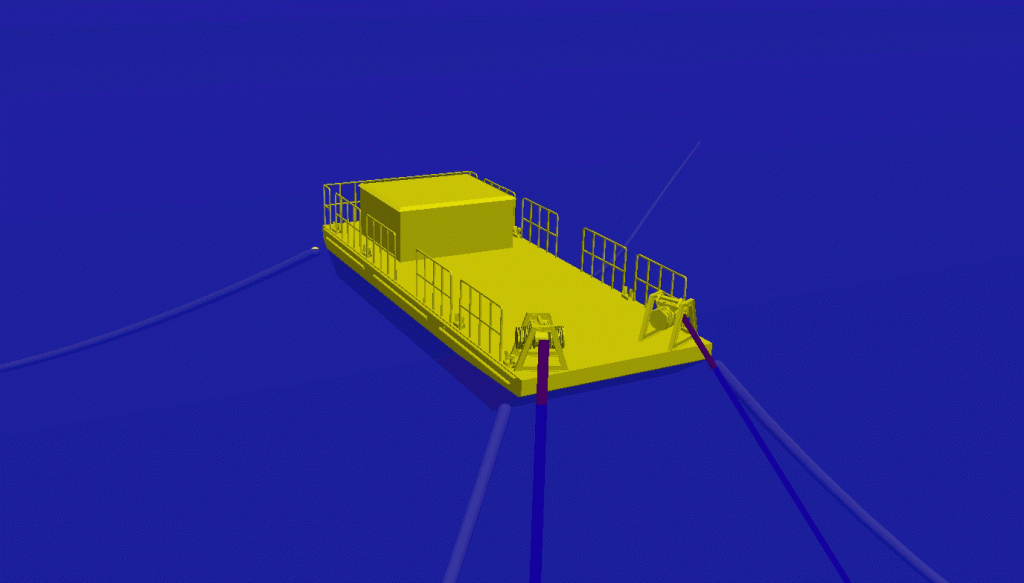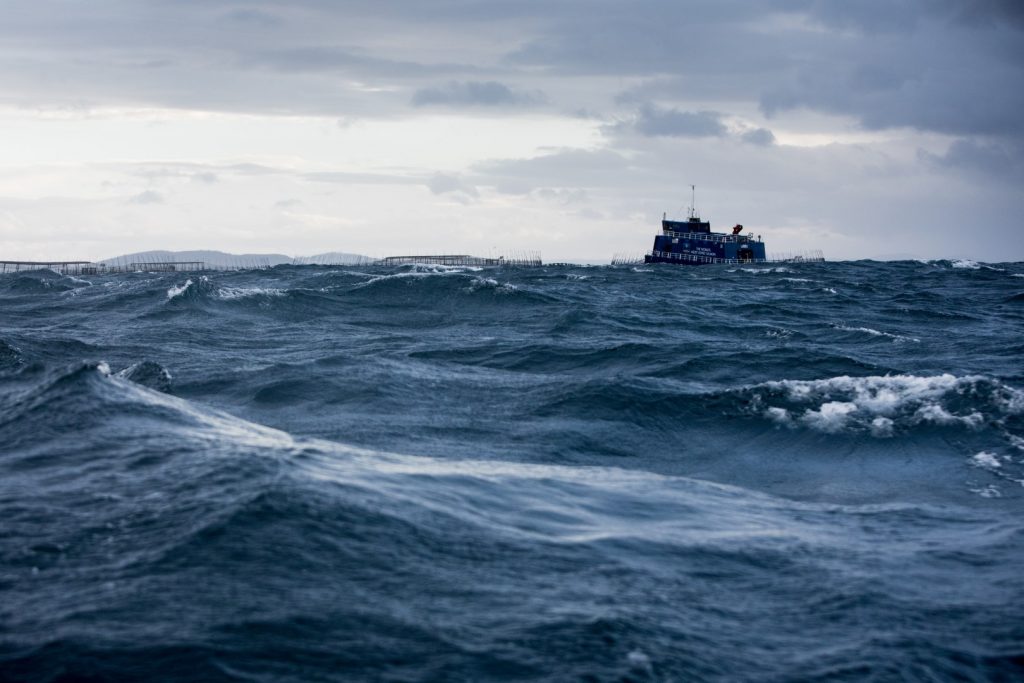
MoorPower Scaled Demonstrator Project
- Project Partners: Carnegie Clean Energy, Blue Economy CRC, Huon Aquaculture, Tassal Group, DNV GL Australia, Advanced Composite Structures Australia, University of Tasmania, Climate KIC/Australian Ocean Energy Group, AMC Search and University of Queensland
- Location: Carnegie’s research centre and headquarters – North Fremantle, Western Australia
About the Project
The MoorPower™ Scaled Demonstrator project, launched in conjunction with the Blue Economy Cooperative Research Centre, will develop and deploy a CETO derived wave energy product designed for moored vessels. It offers a solution to the challenge of securing clean and reliable energy for offshore operators, reducing the reliance on diesel generation. The initial target market for MoorPower™ is offshore vessels such as feeding barges for the aquaculture sector.
Starting in late 2021, Carnegie commenced a 2 year process to design, install and operate a scaled demonstrator of the MoorPower™ technology just offshore from its office and research facility in North Fremantle, Western Australia. This $3.4m project is delivered with funding support from the Blue Economy CRC and in close collaboration with a consortium of partners including two of Australia’s largest aquaculture companies, Huon Aquaculture and Tassal Group. Academic and industry partners include DNV GL Australia, Advanced Composite Structures Australia, University of Tasmania, Climate KIC/Australian Ocean Energy Group, AMC Search and University of Queensland.


MoorPower™ was developed by Carnegie with the goal of decarbonising the energy needs of offshore operations, particularly in aquaculture. As the aquaculture sector moves operations further offshore, operations such as feeding barges will no longer have access to shore-based power and the reliance on diesel generators comes with many associated costs, carbon emissions and environmental risks, including fuel storage and spillage risks while refuelling offshore.
This challenge presents an opportunity to utilise wave energy, an untapped energy source constantly flowing around offshore facilities.
More information on the product here.